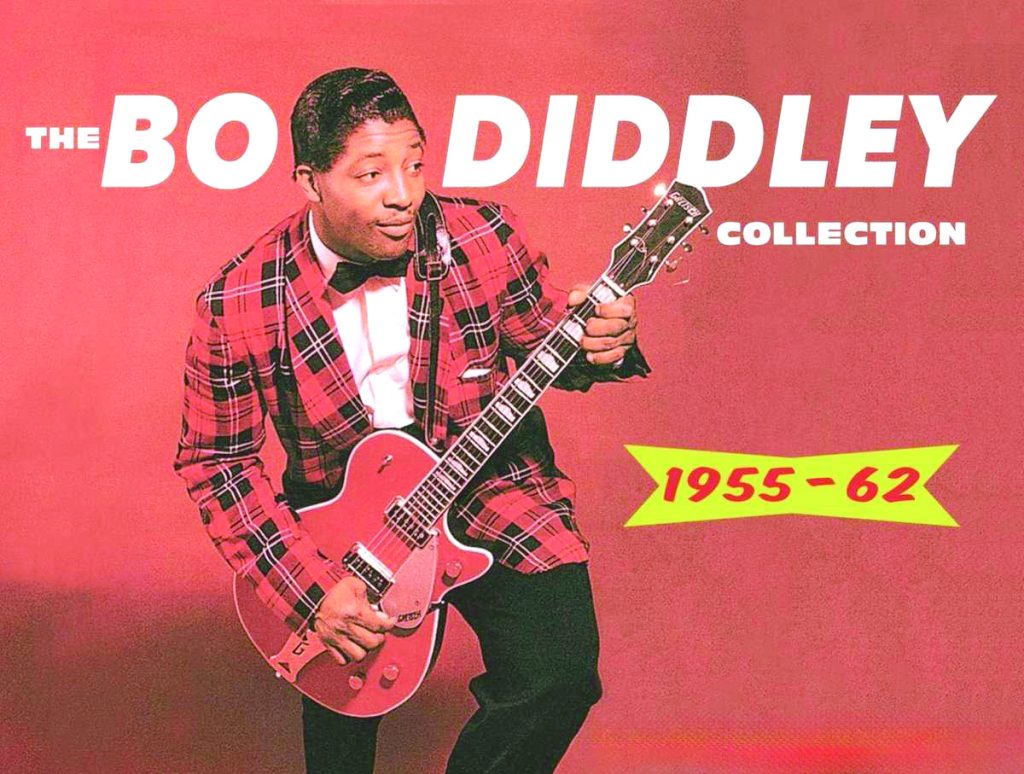While visiting the National Museum of African American History and Culture, the writer was impressed by an exhibit that proclaimed and celebrated this year as the 50th anniversary of hip hop music. Since that time there have been other media doing the same. Consequently, we decided to take a look at this young genre of music that emerged during our own adulthood. We decided to view it as a part of the tapestry of the human experience, one mirror, so to speak, of the humanities.
Some scholars define, or better still describe, hip hop as a genre of popular music consisting of stylized rhythmic music, especially percussive, that is often accompanied by rapping, rhythmic, and rhyming speech, that is chanted. While that description is quite appropriate, one needs to HEAR hip hop’s distinctiveness in order to appreciate what it is and how distinguishing it can be.
Some music historians have placed its origins in the Bronx borough of New York City and assigned it the year of 1973. Some music sociologists and anthropologists have stated that it began as anti-drug and anti-violence music, has evolved through several phases, and has usually reflected the life experiences of marginalized people in America’s ghettoes. For sure, it is incumbent upon those who would be knowledgeable, relevant, and helpful to the rest of their fellow human beings to take a serious look at this music and see how it fits into the ongoing history of humankind’s effort to understand and live successfully with the people who occupy the planet.
For the sake of being intellectually clear, one might want to look at the suggested beginning year of 1973. On the one hand, there are sources that list Bo Diddley, who was active in the 1950s and 60s, as an early hip hop artist and was most often associated with the blues and rock & roll. “Here Comes the Judge,” released in 1968 by Pigmeat Markham, is also often cited as an example of hip hop. Then there was Gil Scott Heron and others who may not have been hip hop artists in the same mode as Jay-Z, Dr. Dre, or others of the 2000s, but were clearly on the track of its evolution. On the other hand, there are sources that point to the first clearly identifiable “rap” release as “Rappers’ Delight” by Sugarhill Gang in 1979. The Sugarhill Gang was closely followed by Sequence and a number of other artists. These rap releases are now called hip hop.
The fact that the 1973 year can be so boxed-in, between the late 60s and the late 70s, may suggest that either more research needs to be done or more definitive criteria underscored as to what constitutes hip hop. On the other hand, it may not be that critical to know the exact time and place. After all, one might ask, “When did jazz begin or who was the first blues artist?” Maybe the question about the year that hip hop began arises because of who wants to honor whom.
As we are more than suggesting, Black music in America, no matter the genre, has always been changing and/or evolving. It is true of blues, jazz, rhythm & blues, rock & roll, gospel, rap, hip hop, and all of the fusions in-between. It will likely continue to do so. That fact makes it difficult to chronicle, with accuracy, the origins of each genre.
This also means that the more important thing is to listen to the music to see what it is saying and what it reflects. It is likely that if the music attracts a substantial number of people, they can identify with the message, that is, that the music is reflective of their culture and their experiences.
It may be that one type of environment is experiencing what’s described more than another – urban more than rural, adolescents more than seniors, middle class more than poverty stricken. In each case, however, it means that some phase of the human experience is being affected and reflected. What is reflected in the music, just as in other forms of art – theater, painting, speech, and the like – should then be studied by scholars to determine the legitimacy and the depth of the experience. Beyond that, it should become a guide for policy makers to make policies that promote the positives or eliminate the negatives of that environment.
It is in these ways that the humanities, the sciences and the professions can and should work together to help us further understand human nature and to improve the human experience for all humankind. For an example, imagine how many Black and Brown lives could have been saved if authorities had listened to and truly understood NWA when they said, “F *** the Police.”







